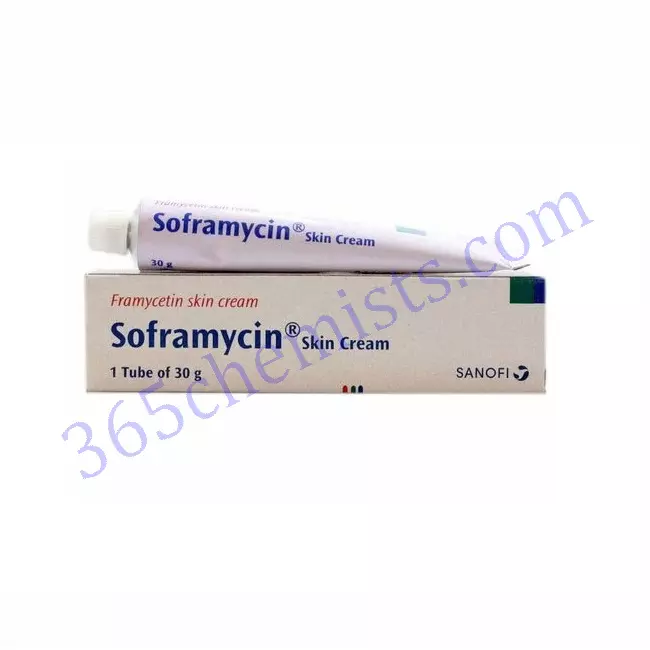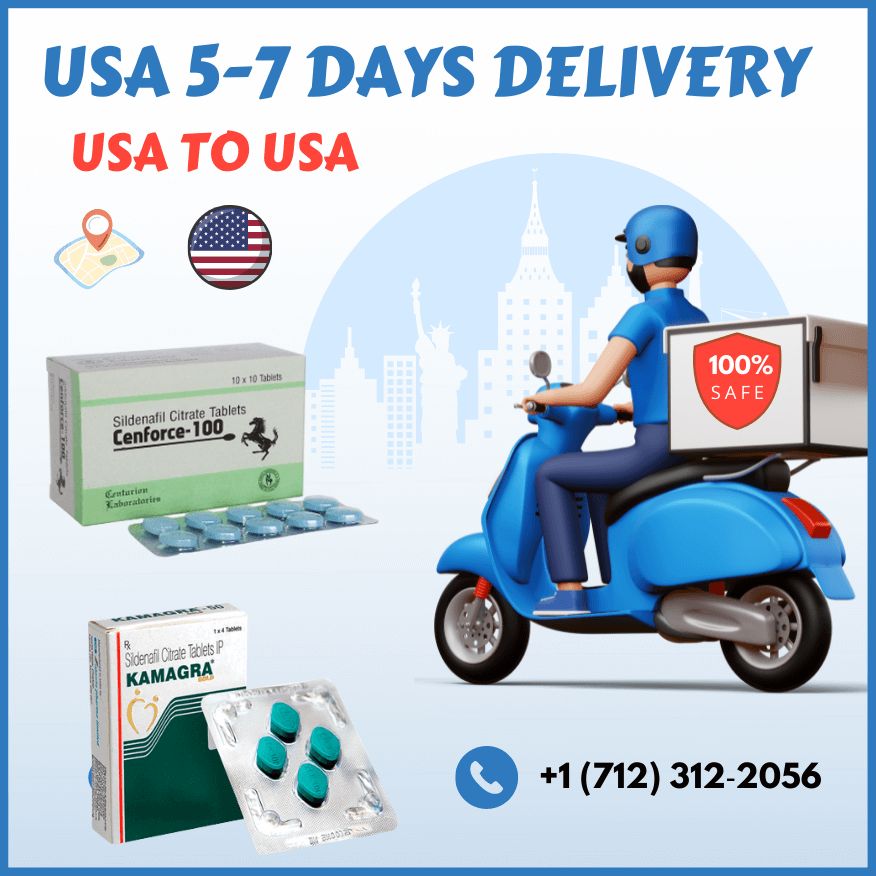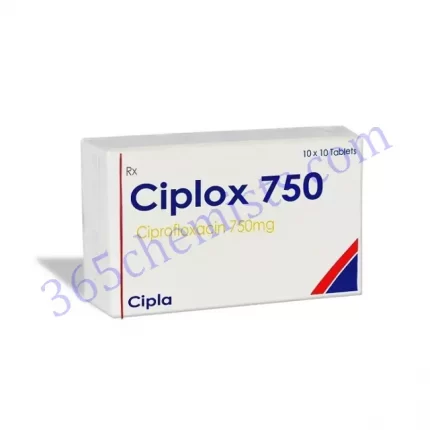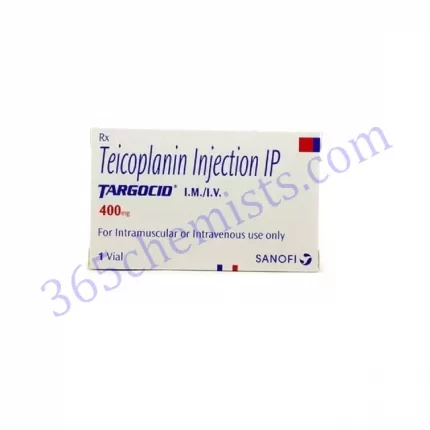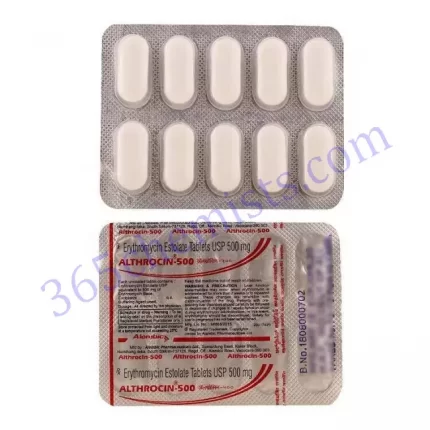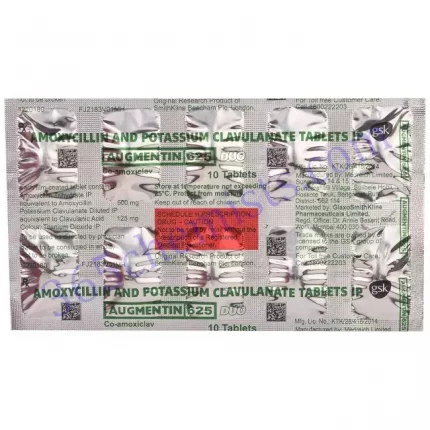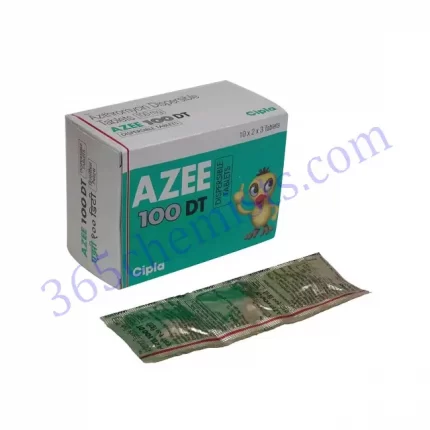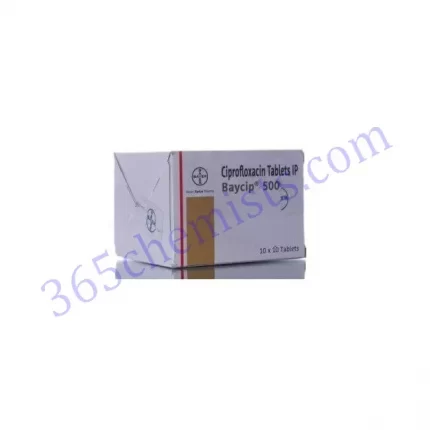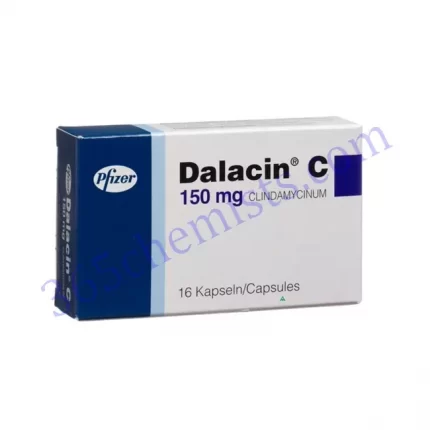Soframycin Skin Cream 30gm (Framycetin Sulphate 1%)
Framycetin Sulphate is the active component of the topical medication known as Soframycin Skin Cream. This cream is applied to the skin. Aminoglycosides are a type of antibiotic that are associated with this substance. The purpose of this in-depth article is to provide a detailed description of Soframycin Skin Cream, including information on its uses, dosage, precautions, and other related topics.
Benefits of Soframycin Skin Cream
- Effective in treating various skin infections caused by bacteria Soframycin Skin Cream is well-known for its efficacy in treating a wide variety of skin infections that are caused by bacteria. It helps get rid of the bacteria that are causing the infection, which in turn reduces the inflammation and makes it easier for the body to heal.
- Aids in the healing process of wounds, burns, cuts, and ulcers by preventing infection and supporting tissue regeneration. The active ingredient, framycetin sulphate, is what helps in the healing process of wounds, burns, cuts, and ulcers.
- Soframycin Skin Cream has a wide variety of potential applications and can be used to treat a variety of skin infections, making it a flexible and adaptable choice for medical care. In order to treat common skin problems, it is frequently applied at homes, in medical facilities, and in other settings.
- The cream is packaged in a handy tube, which makes it possible to apply it to the affected area in a way that is both straightforward and accurate. In order to achieve the best possible absorption, the cream should be applied lightly and worked into the skin using a light massaging motion.
Uses of Soframycin Skin Cream
The primary application for Soframycin Skin Cream is the treatment of skin infections brought on by bacteria that are susceptible to the antibacterial effects of Framycetin Sulphate. It is effective in treating a variety of skin infections, including infected wounds, burns, cuts, and ulcers, among other types of skin injuries. In order for the cream to be effective, it must first inhibit the growth and multiplication of bacteria on the skin. This, in turn, helps to stop the spread of infection and expedites the healing process.
Dosage and Administration
The amount of Soframycin Skin Cream that should be applied to an affected area and the severity of the infection both play a role in determining the appropriate dosage. Before applying a thin layer of the cream to the affected area, it is essential to first thoroughly clean and dry the area. It is recommended that the cream be massaged into the skin in a soothing manner until it is completely absorbed. It is up to the healthcare professional to decide how often the treatment should be administered and for how long it should continue in order to effectively treat the particular condition that is being treated. It is imperative that one adheres to the instructions provided by a qualified medical professional or those that are printed on the packaging of the product.
Precautions and Warnings
Before applying Soframycin Skin Cream, it is essential to discuss any pre-existing medical conditions, allergies, or other medications that are currently being taken with a qualified healthcare professional. This information will assist the physician in making an educated decision that will guarantee the treatment’s safety as well as its effectiveness.
The following is a list of some of the most important precautions and warnings associated with the use of soframycin skin cream:
- Because of the risk of allergic reactions, people who are aware that they are allergic to Framycetin Sulphate or to any of the other aminoglycoside antibiotics shouldn’t use Soframycin Skin Cream. Skin rashes, itching, swelling, and difficulty breathing are some of the symptoms that can accompany allergic reactions. If you experience any of these symptoms, you need to seek medical attention as soon as possible.
- Soframycin Skin Cream should not be applied to or near the eyes, and you should take care to avoid getting it in your eyes. In the event that it comes into accidental contact, it needs to be thoroughly rinsed with water.
- Soframycin Skin Cream is only intended for topical application and should not be ingested, applied to mucous membranes, or used on open wounds unless otherwise directed by a qualified medical professional.
- Pregnancy and breastfeeding: It has not been determined whether or not Soframycin Skin Cream is safe to use during pregnancy or while breastfeeding. Before using this medication while pregnant or breastfeeding, it is essential to discuss the risks and benefits with a qualified medical professional.
Possible Side Effects
When used in accordance with the manufacturer’s instructions, soframycin skin cream is generally well tolerated. However, there is a possibility that a few people will experience some mild adverse effects, such as skin irritation, redness, itching, or a burning sensation at the site where the medication was applied. It is recommended that the use of the cream be discontinued and that a healthcare professional be consulted in the event that any side effects continue or become worse.
Conclusion
Framycetin sulphate one percent (also known as Soframycin Skin Cream) is a topical medication that is typically utilised for the purpose of treating skin infections. Its antibacterial properties help eliminate bacteria on the skin, which in turn promotes the healing of wounds and stops the spread of infection. It is essential to use this cream exactly as directed, to adhere to the recommended dosage and precautions, and to consult a medical professional in the event that any issues or adverse effects manifest themselves.

